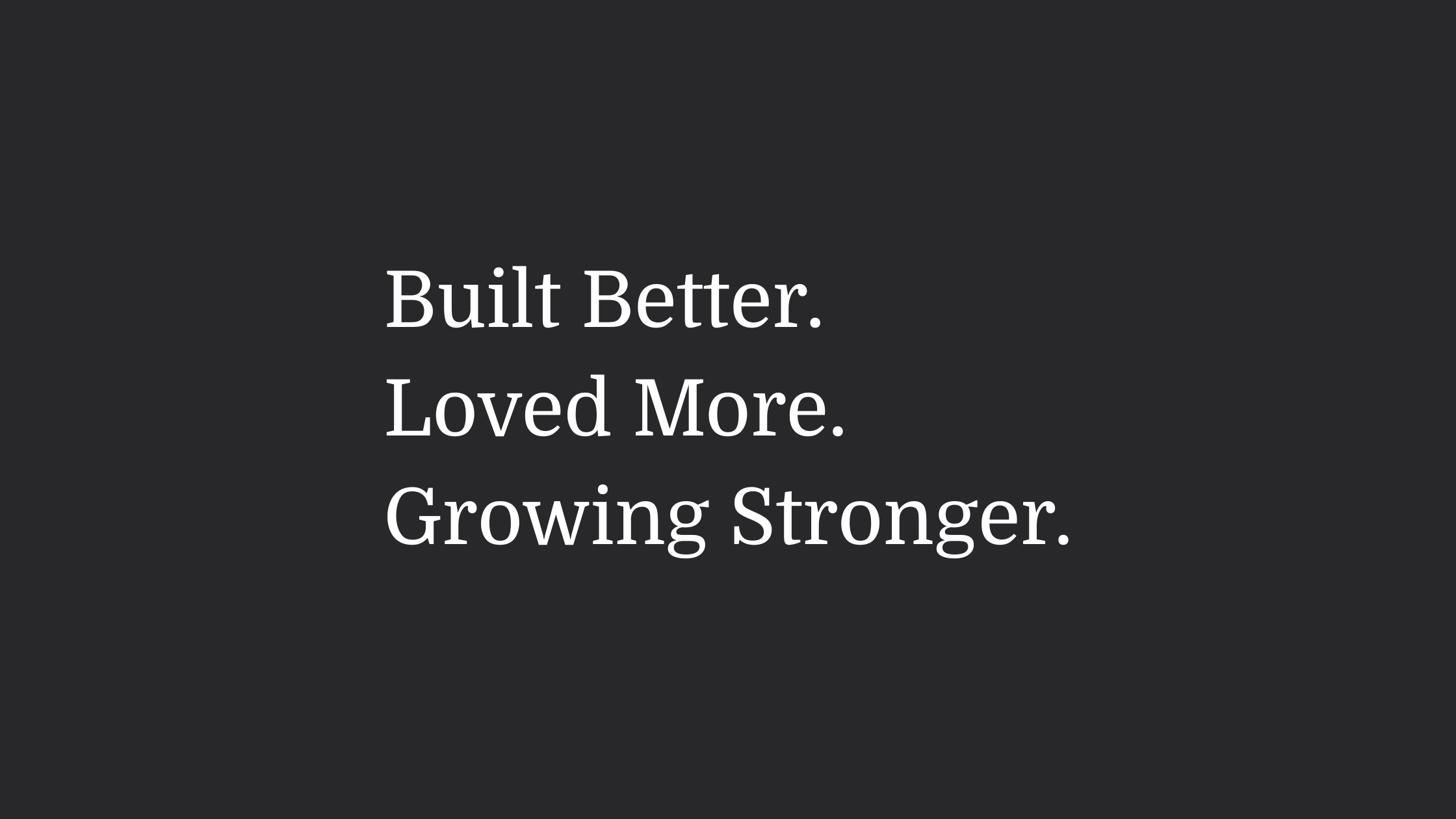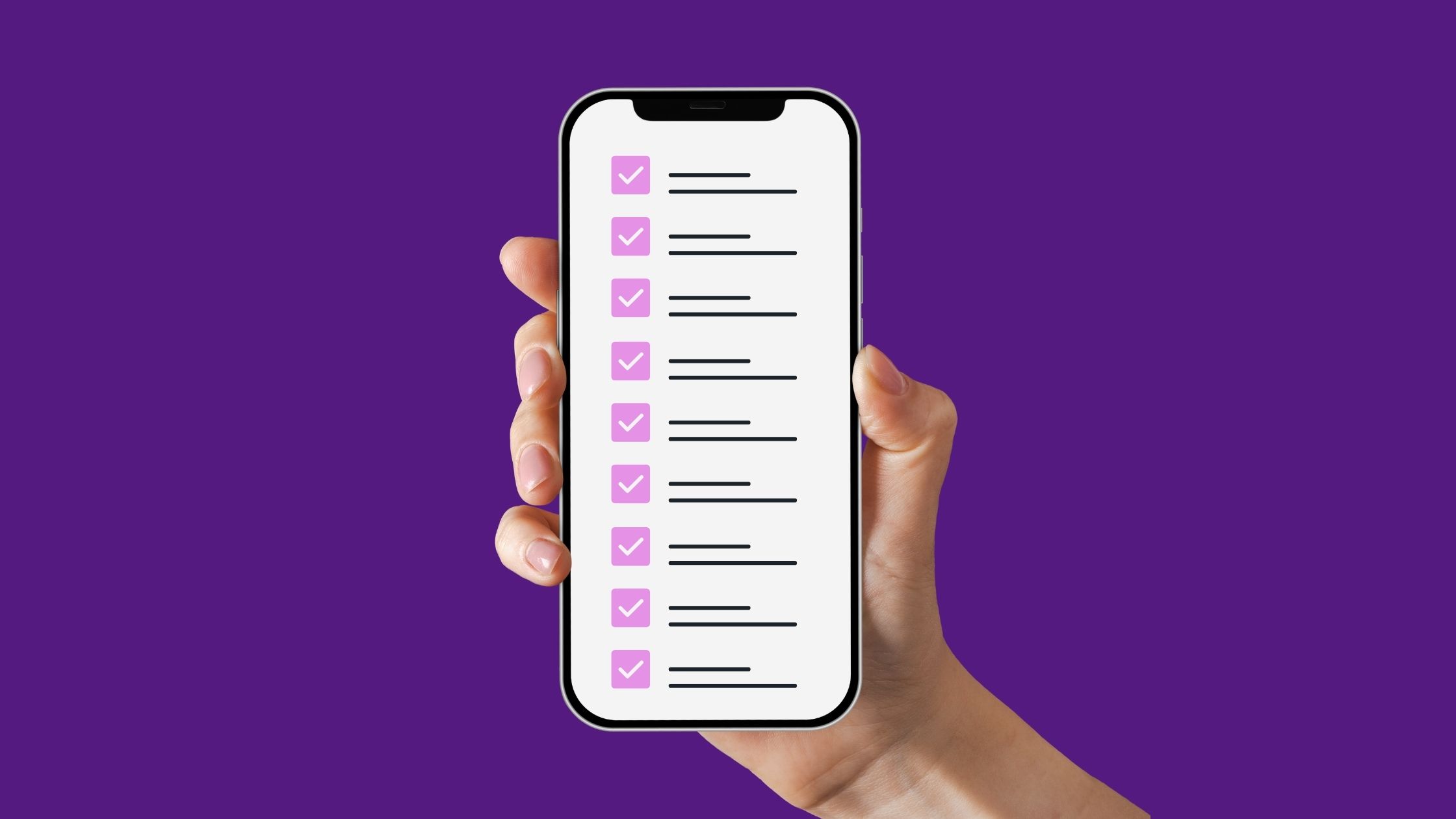Interview multiple candidates
Lorem ipsum dolor sit amet, consectetur adipiscing elit proin mi pellentesque lorem turpis feugiat non sed sed sed aliquam lectus sodales gravida turpis maassa odio faucibus accumsan turpis nulla tellus purus ut cursus lorem in pellentesque risus turpis eget quam eu nunc sed diam.
Search for the right experience
Lorem ipsum dolor sit amet, consectetur adipiscing elit proin mi pellentesque lorem turpis feugiat non sed sed sed aliquam lectus sodales gravida turpis maassa odio.
- Lorem ipsum dolor sit amet, consectetur adipiscing elit.
- Porttitor nibh est vulputate vitae sem vitae.
- Netus vestibulum dignissim scelerisque vitae.
- Amet tellus nisl risus lorem vulputate velit eget.
Ask for past work examples & results
Lorem ipsum dolor sit amet, consectetur adipiscing elit consectetur in proin mattis enim posuere maecenas non magna mauris, feugiat montes, porttitor eget nulla id id.
- Lorem ipsum dolor sit amet, consectetur adipiscing elit.
- Netus vestibulum dignissim scelerisque vitae.
- Porttitor nibh est vulputate vitae sem vitae.
- Amet tellus nisl risus lorem vulputate velit eget.
Vet candidates & ask for past references before hiring
Lorem ipsum dolor sit amet, consectetur adipiscing elit ut suspendisse convallis enim tincidunt nunc condimentum facilisi accumsan tempor donec dolor malesuada vestibulum in sed sed morbi accumsan tristique turpis vivamus non velit euismod.
“Lorem ipsum dolor sit amet, consectetur adipiscing elit nunc gravida purus urna, ipsum eu morbi in enim”
Once you hire them, give them access for all tools & resources for success
Lorem ipsum dolor sit amet, consectetur adipiscing elit ut suspendisse convallis enim tincidunt nunc condimentum facilisi accumsan tempor donec dolor malesuada vestibulum in sed sed morbi accumsan tristique turpis vivamus non velit euismod.
Lots of e-commerce businesses struggle to find their voice online. But before you throw in the towel and go make yourself a procrastination-fuelled coffee, know this: blogging is a brilliant way to entice more traffic to your store and grow strangers into customers.
You just need to do it right.
You don’t need to write reams and reams of copy to delight your readers. This isn’t Rise And Fall of The Third Reich, or the first instalment of Game of Thrones. If anything, keeping your content short, sweet and relevant is going to drive much more traffic than a three-part series that requires hours of concentration and a seminar to discuss it afterwards.
So. What first?
Start with your goal. And then work outwards. When you come to planning your first e-commerce blog piece (and you should plan, as much as you might be itching to throw caution to the wind and scribble anything that comes to mind), ask yourself these three questions:
- What is my goal for this particular piece of content?
- Who is my target audience?
- What question am I answering?
What's Your Goal?
Much like a football pitch or an ice hockey rink, your writing should have a big, fat, hairy goal. Ask yourself the following:
Why am I writing this?
“Good question,” you mutter, staring at your blank document.
What is the purpose of your piece? Whilst your goal will often involve sales if you’re blogging for e-commerce, it could also be as simple as increasing brand engagement. This could be educating your customers about a particular product, a company update, or a new hire. Having a goal in mind will help drive clarity to your work.
The best part of blogging comes when you get a little message to your inbox from a happy reader. Or you see a customer share it on social media. If your goal is brand awareness, then writing a highly engaging, informative piece that your customers share on social media would fulfil this. Likes, comments and shares, new subscribers to your newsletter, or direct sales of the product you’re writing about will help you analyse just how well your blog is performing.
Whatever you do, don’t write for the sake of writing. You don’t have the luxury. Look back over which of your posts did best, and try to fill in the gaps in your reader’s needs.
Still struggling? Ask yourself this: How can my content enrich someone’s day? If your readers come away from your blog having either learned something or satisfied with what they’ve read, then you’ve already beaten the majority of content that gets published online today.
Who Is Your Target Audience?
Understanding a customer’s background and their reasons for engaging with your blog post is crucial.
Keep your ideal customer - i.e. reader - in mind as you write.
Who are they? How old are they? Where have they come from? Are they browsing through your online store already, or have they found you on social media? Are they a regular reader who has clicked through from your newsletter, or are they stumbling across your blog after a Google search?
Sketch them if you have to. Stick them next to your screen, and visualise them enjoying your content. What do they like to read, and what do they not? Different demographics will respond to different writing styles. Some will be analytical fact-seekers who would happily read thousands of words on the specifications of a new product. Other audiences are going to be drawn to snappy, even silly content if that’s what your brand is about.
Once you’ve identified your target audience and your goal, these answers will affect your tone of voice. How personal can you be when you write? Innocent drinks are renowned for their tongue-in-cheek persona and witty content. Nike, in contrast, are serious, determined and inspirational. Lots of the world’s most dynamic online stores do embrace that personal touch, and so don’t be afraid of bringing some personality to your work. Your readers will thank you for it.

What Question Am I Answering?
Search engines are smart. They have to be. Google will only serve up the content that is relevant to the questions that people ask.
Imagine your boiler has just given up the ghost.
You head straight to Google and type: How do I repressurise a boiler?
And instead of handy YouTube clips and how-to guides, you just get Queen’s Under Pressure blaring from your speakers.
You’d never rely on search engines again.
Google has to give you the right answer. Because of this, results pages are filtered by everything from article lengths, to the domain authority of the site that the blog sits on. And whilst it’s easy to get hung up on optimising every single element of your site, you should consider SEO (Search Engine Optimisation) as the byproduct of producing great content. Your blog will rise up the rankings - if you focus on answering the questions that your audience asks.
So instead, start by picking your title.
Be intriguing. Be quirky. Be bold. Whilst you don’t need to come up with anything as epic as Pride and Prejudice or Lord of the Rings, your article’s title should alert your readers to its content and encourage them to click through to your piece. Not sure how to hook your customers in? Step this way...

A Numbers Game
Let me tell you the 3 Killer Reasons Why Number-Based Blogs Work. (See what I did there?)
- People like digestible, quick content. Numbers are the best way to set the pace of your work and give your audience an indication of how long it’ll take them to read it before they commit.
- They’re easier to write than lengthy opinion pieces. Phew.
- They’re easier to read than lengthy opinion pieces. Trust us on this one. Our attention spans are very short, particularly on our mobiles. Lists and numbers break up your writing into digestible chunks. Your potential customers are likely to be scrolling through social media on a coffee break, or reading snippets when they get a spare five minutes before dinner. Go easy on the eyes and chunk up your work.
Ask A Question, Then Answer It
What’s my IP? What time is it? How do I register to vote. How to tie a tie.
These are the four top searched topics on Google. (Which we had to Google to find out. Ironically).
When coming up with your next blog piece, do a little digging into your subject area and find the questions most commonly asked, so you can start answering them properly. answerthepublic.com is a wonderful tool for throwing out the questions relating to a phrase or word. From comparisons, to the five ‘W’s - who, what, when, where and how - this site only requires one keyword and spits out a whole range of examples of what your readers might be searching for. Pick your topic, brand or product and get inspired!
Predict The Question
Sometimes using a question as a title sounds too casual. If you’re selling lipstick, a question like “What Lipstick Colour Would Suit Me?” wouldn’t necessarily sit right in the picture-perfect blog archives of Chanel or Dior. However, by flipping the question into a how-to - “How To Find The Perfect Lipstick Colour For Your Skin Shade” - the piece immediately sounds more informative and useful for the reader. Predicting what your customers might type into Google allows you to address your customer’s key concerns and teach them something. The more they trust your brand, the more likely they are to convert.
Throw Away The Rulebook
Not every person is a born copywriter. If the word ‘blog’ makes your eyes water and your toes curl, then consider the other forms of content that might appeal to your customer base. Quizzes, interviews and case stories all definitely count as ‘content’ in their own right, but don’t require the same attention to detail as a fully fledged article. News channel Buzzfeed is the king of clickbait content, and their articles range from hard-hitting to downright ridiculous. Never, in the history of Google Searches, did anyone ever think to ask what kind of salsa they are. Or which Hogwarts class they’d get the highest grade in. Yet Buzzfeed writers all across the world continue to churn out content that gets high engagement, purely for its fun-filled, cheeky approach. Whilst the Buzzfeed readership might not be similar to your audience, their broad range of content shows what can be done when you think outside of the static blogging box.
You’ve got a goal, an audience and a question in mind. What next?
Crack those knuckles and swig that coffee - you’re ready to go!
When stepping up to the blogging pedestal, sub-topics and titles are useful to chunk up your work and explain your points in more detail.
If you’re not sure how to come up with a punchy subtitle, try idioms. Idioms - figurative phrases - are a fun way to spice up your writing. Use The Free Dictionary’s idiom tool to enter keywords and find the best phrases for you. Be clear about the point you’re making from the offset in each of your paragraphs, and don’t be afraid to have some fun.
Regular, engaging content that answers the questions your customers are asking will attract a whole new online audience. And once you take those strangers from prospects to customers, a happy readership of regular online visitors will be just a few keyboard taps away.
Block Quote









